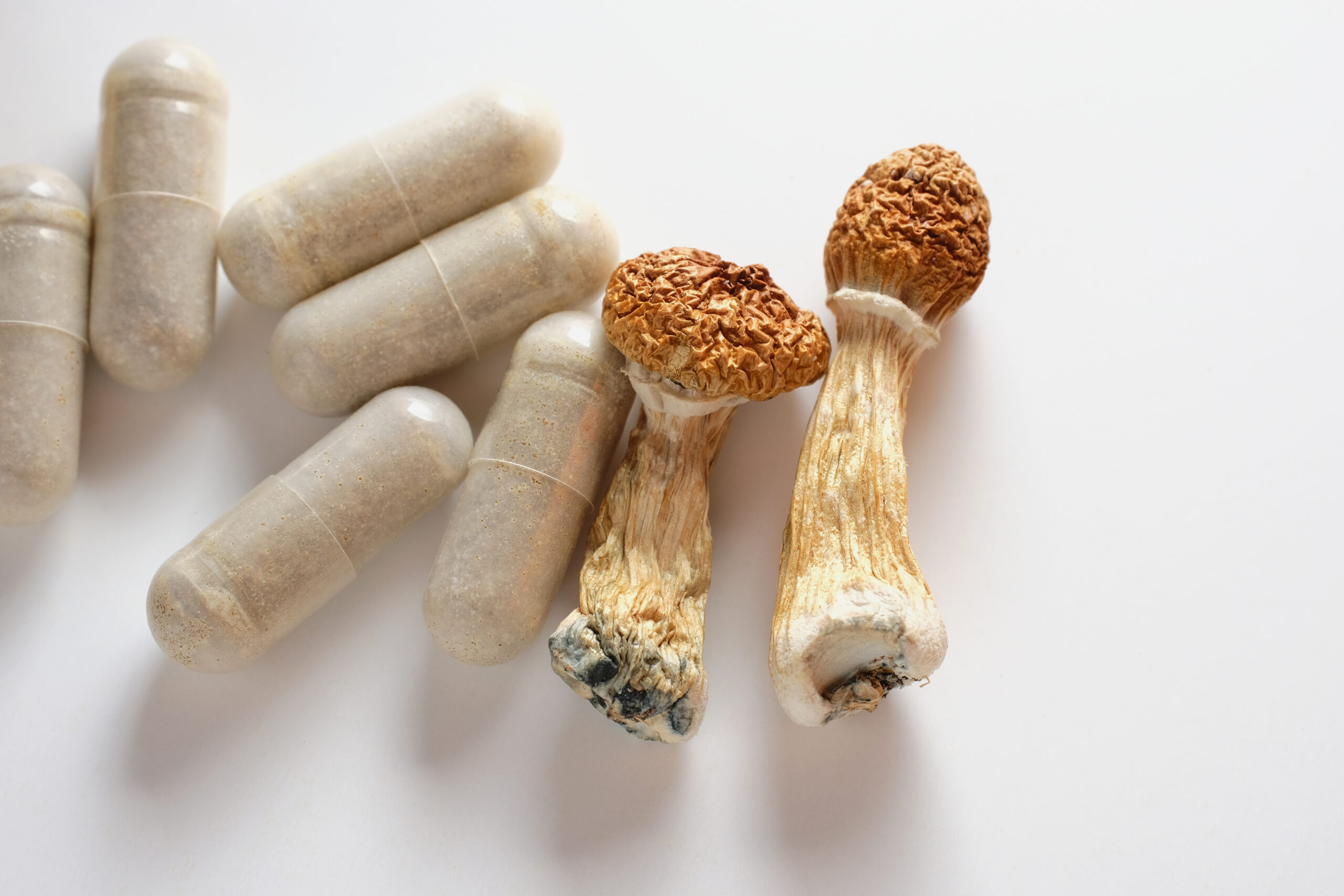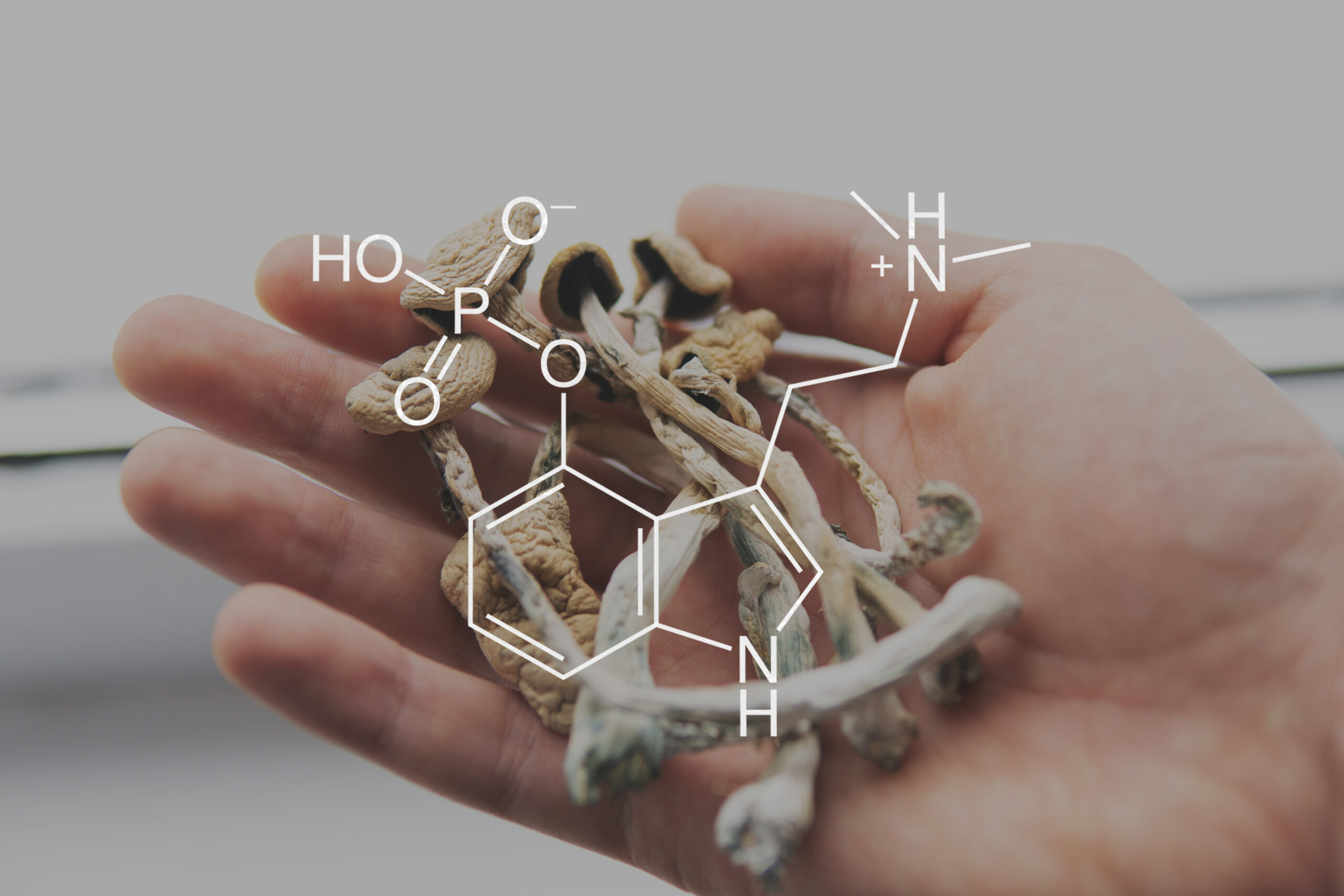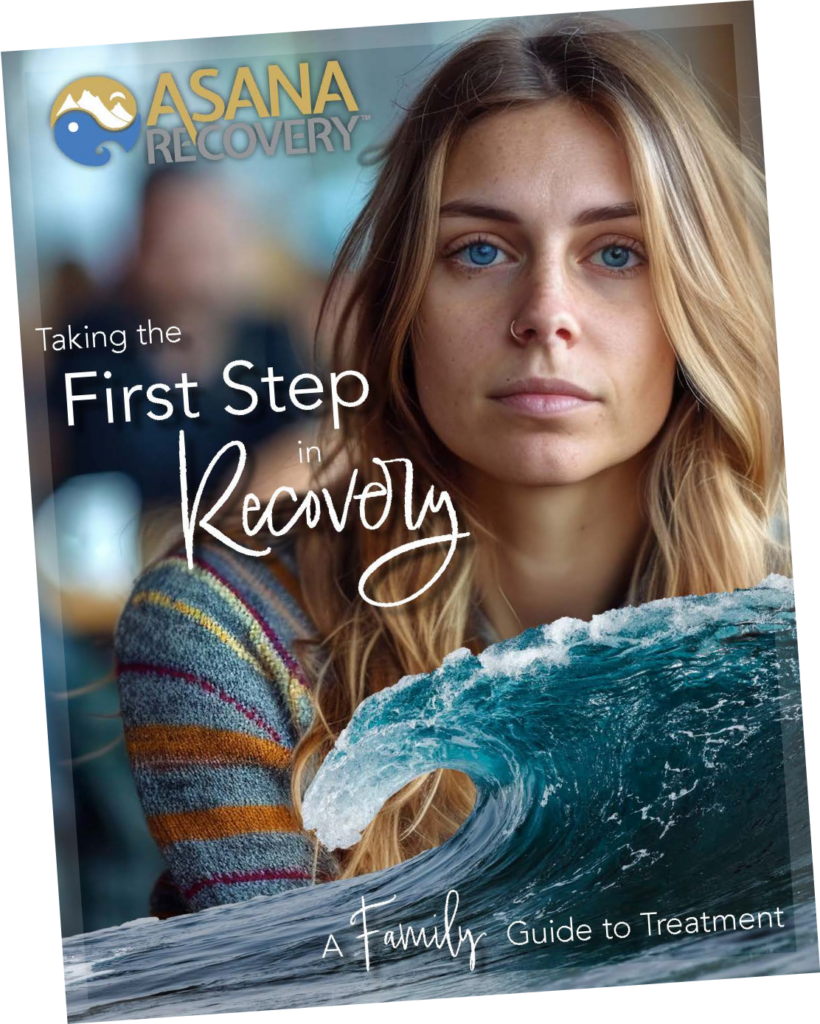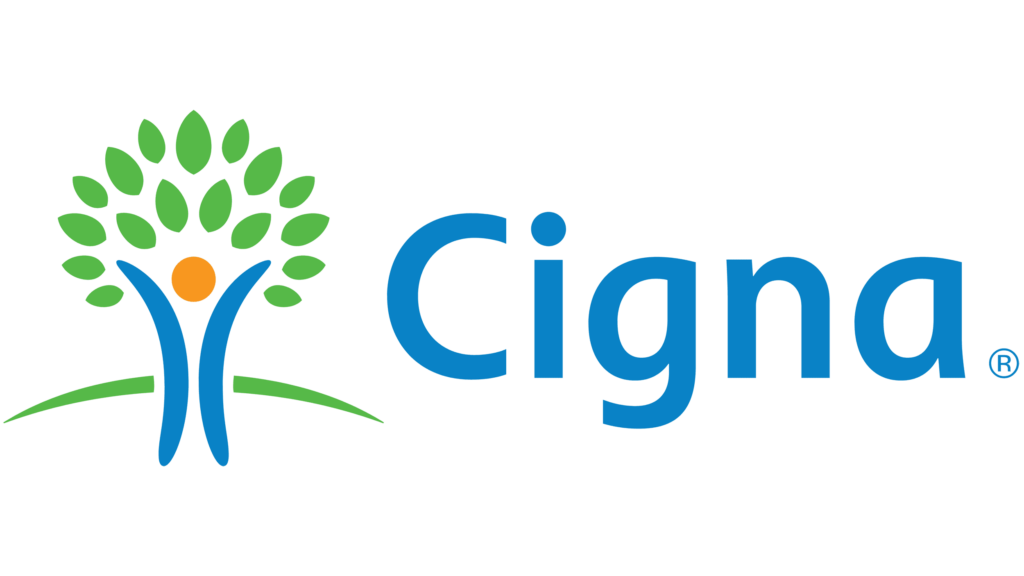Psilocybin mushrooms, commonly known as “magic mushrooms” or “shrooms,” have become increasingly prevalent in recreational drug use. Understanding how these substances interact with your body and their detection windows is crucial for anyone concerned about substance use or seeking treatment.
https://youtu.be/R9gpViJTCcg?si=N6PKO40aluW5OJ-b
Psilocybin is a naturally occurring psychedelic compound found in over 180 species of mushrooms. When consumed, this powerful hallucinogen triggers significant changes in perception, thought patterns, and emotional states.
Within 30 minutes of consumption, psilocybin begins its journey through your system. Your liver processes the substance through first-pass metabolism, leading to various physical and psychological effects. The peak hallucinogenic experience typically occurs around 90 minutes after ingestion and can last up to six hours.
Understanding how long shrooms remain detectable in your system is crucial for those seeking treatment or recovery. Different testing methods have varying detection windows.
Shrooms become detectable in blood within 30 minutes of ingestion but remain present for less than 24 hours. Due to this short window and the invasive nature of blood testing, this method is rarely used for psilocybin detection.
Standard urine tests can detect shrooms for 24-48 hours after use. However, in cases of frequent consumption, detection may extend up to three days.
Hair testing offers the longest detection window:
– Takes approximately one week for substances to appear in hair growth
– Can detect drug use for up to 90 days
– Requires larger hair samples compared to other drug tests due to low psilocybin concentrations
Understanding the serious health implications of psilocybin mushroom use is crucial for making informed decisions about recovery. While some users perceive shrooms as “natural” or “safer” than other substances, they carry significant risks.
Asana Recovery works with most PPO plans, covering up to 100%. See if your insurance can help fund your journey. Click below to get a free quote.

Long-term mushroom use can lead to various physical complications:
– Persistent headaches and migraines
– Cardiovascular issues including irregular heartbeat
– Severe nausea and digestive problems
– Muscle weakness and coordination difficulties
The psychological effects can be particularly devastating:
– Development of Hallucinogen Persisting Perception Disorder (HPPD)
– Increased risk of anxiety and panic disorders
– Potential triggering of underlying mental health conditions
– Memory impairment and cognitive difficulties
Several variables influence how long psilocybin remains detectable in your system:
Individual characteristics play a crucial role in processing psilocybin:
– Age and overall health condition
– Body mass index (BMI)
– Metabolic rate
– Liver and kidney function
The frequency and amount of consumption significantly impact detection windows:
– Single use versus regular consumption
– Dosage amount
– Method of consumption
– Combination with other substances
While psilocybin may not create physical dependence like some other substances, psychological addiction is a real concern.
Behavioral Indicators
Watch for these warning signs:
– Increased isolation from friends and family
– Declining performance at work or school
– Financial difficulties due to drug purchases
– Preoccupation with obtaining and using mushrooms
Psychological Signs
Mental health changes often indicate developing addiction:
– Mood swings and emotional instability
– Difficulty maintaining relationships
– Loss of interest in previously enjoyed activities
– Increased anxiety or depression when not using
Understanding how your body processes psilocybin helps explain detection windows and treatment approaches.
Metabolic Process
When consumed, psilocybin undergoes several changes:
1. Conversion to psilocin in the digestive system
2. Distribution throughout the bloodstream
3. Interaction with serotonin receptors in the brain
4. Gradual breakdown and elimination through the liver
Our comprehensive treatment program addresses both the physical and psychological aspects of mushroom use.
Medical Detoxification
The first step in recovery involves:
– 24/7 medical supervision
– Management of withdrawal symptoms
– Nutritional support and hydration
– Regular health monitoring
Therapeutic Interventions
Our evidence-based treatment includes:
– Individual counseling sessions
– Group therapy programs
– Family therapy and support
– Holistic healing approaches
We get it. Addiction recovery is tough. That’s why our programs are founded and staffed by people in recovery – people who truly understand.

Recovery extends beyond initial treatment, requiring ongoing support and lifestyle changes.
Aftercare Planning
Our comprehensive aftercare program includes:
– Continuing therapy sessions
– Support group connections
– Relapse prevention strategies
– Life skills development
Lifestyle Modifications
Successful recovery often involves:
– Establishing healthy daily routines
– Developing stress management techniques
– Building a supportive social network
– Engaging in meaningful activities
Regular psilocybin use can affect your body’s response to other substances, complicating treatment.
Impact on Other Substances
Cross-tolerance can develop with:
– LSD and other hallucinogens
– Certain antidepressant medications
– Other serotonergic compounds
Professional treatment significantly increases the chances of successful recovery. At Asana Recovery, we understand the complexities of psilocybin addiction and provide comprehensive support throughout your recovery journey.
Benefits of Professional Care
Our program offers:
– Structured environment conducive to healing
– Evidence-based treatment protocols
– Experienced medical and therapeutic staff
– Comprehensive support system
The Path to Recovery
Breaking free from substance use isn’t a journey you need to face alone. Professional treatment programs offer comprehensive support and evidence-based approaches to help you overcome addiction.
Why Professional Treatment Matters
At Asana Recovery, we provide:
– Personalized assessment and treatment planning
– Medical supervision during detoxification
– Evidence-based therapies including CBT, DBT, and EMDR
– Dual diagnosis treatment for co-occurring mental health conditions
Take the First Step Today
Don’t let another day pass in the cycle of addiction. Your journey to recovery begins with a single step, and our compassionate team is here to support you every step of the way. Contact us at (949)-763-3440 to learn more about our treatment programs and begin your path to lasting recovery.
Take the first step toward reclaiming your life by verifying your insurance coverage through our. Our experienced team at Asana Recovery provides comprehensive treatment in a supportive, relaxing environment designed to promote lasting recovery.
Take your first step towards lasting recovery. At Asana, we offer effective, insurance-covered treatment for addiction and mental health, guided by experts who understand because they’ve been there. Start your healing today.

This book has helped so many men and women; and we want to give it you for FREE. Get signed up today and discover how to unlock the grip of addiction and get back to living your best life.
In this book, you’ll discover…
— The Most Common Misconceptions About Addiction and Rehab
— Why Rock Bottom is a Myth and What You Can Do About It
–The Steps to Healing From Trauma, Both Mentally and Emotionally
–And much more!
You could save up to 100% of your treatment using your Insurance.





By submitting this form, you agree to Asana Recovery’s Privacy Policy. You also consent to Asana Recovery contacting you by phone, text message, and email regarding your insurance benefits and treatment services. You acknowledge that text messaging may involve risks, authorize the use of your Protected Health Information (PHI) for these communications, and understand you can opt-out of text messages at any time by replying “STOP”.
Asana Recovery
We firmly believe that the internet should be available and accessible to anyone, and are committed to providing a website that is accessible to the widest possible audience, regardless of circumstance and ability.
To fulfill this, we aim to adhere as strictly as possible to the World Wide Web Consortium’s (W3C) Web Content Accessibility Guidelines 2.1 (WCAG 2.1) at the AA level. These guidelines explain how to make web content accessible to people with a wide array of disabilities. Complying with those guidelines helps us ensure that the website is accessible to all people: blind people, people with motor impairments, visual impairment, cognitive disabilities, and more.
This website utilizes various technologies that are meant to make it as accessible as possible at all times. We utilize an accessibility interface that allows persons with specific disabilities to adjust the website’s UI (user interface) and design it to their personal needs.
Additionally, the website utilizes an AI-based application that runs in the background and optimizes its accessibility level constantly. This application remediates the website’s HTML, adapts Its functionality and behavior for screen-readers used by the blind users, and for keyboard functions used by individuals with motor impairments.
If you’ve found a malfunction or have ideas for improvement, we’ll be happy to hear from you. You can reach out to the website’s operators by using the following email
Our website implements the ARIA attributes (Accessible Rich Internet Applications) technique, alongside various different behavioral changes, to ensure blind users visiting with screen-readers are able to read, comprehend, and enjoy the website’s functions. As soon as a user with a screen-reader enters your site, they immediately receive a prompt to enter the Screen-Reader Profile so they can browse and operate your site effectively. Here’s how our website covers some of the most important screen-reader requirements, alongside console screenshots of code examples:
Screen-reader optimization: we run a background process that learns the website’s components from top to bottom, to ensure ongoing compliance even when updating the website. In this process, we provide screen-readers with meaningful data using the ARIA set of attributes. For example, we provide accurate form labels; descriptions for actionable icons (social media icons, search icons, cart icons, etc.); validation guidance for form inputs; element roles such as buttons, menus, modal dialogues (popups), and others. Additionally, the background process scans all the website’s images and provides an accurate and meaningful image-object-recognition-based description as an ALT (alternate text) tag for images that are not described. It will also extract texts that are embedded within the image, using an OCR (optical character recognition) technology. To turn on screen-reader adjustments at any time, users need only to press the Alt+1 keyboard combination. Screen-reader users also get automatic announcements to turn the Screen-reader mode on as soon as they enter the website.
These adjustments are compatible with all popular screen readers, including JAWS and NVDA.
Keyboard navigation optimization: The background process also adjusts the website’s HTML, and adds various behaviors using JavaScript code to make the website operable by the keyboard. This includes the ability to navigate the website using the Tab and Shift+Tab keys, operate dropdowns with the arrow keys, close them with Esc, trigger buttons and links using the Enter key, navigate between radio and checkbox elements using the arrow keys, and fill them in with the Spacebar or Enter key.Additionally, keyboard users will find quick-navigation and content-skip menus, available at any time by clicking Alt+1, or as the first elements of the site while navigating with the keyboard. The background process also handles triggered popups by moving the keyboard focus towards them as soon as they appear, and not allow the focus drift outside it.
Users can also use shortcuts such as “M” (menus), “H” (headings), “F” (forms), “B” (buttons), and “G” (graphics) to jump to specific elements.
We aim to support the widest array of browsers and assistive technologies as possible, so our users can choose the best fitting tools for them, with as few limitations as possible. Therefore, we have worked very hard to be able to support all major systems that comprise over 95% of the user market share including Google Chrome, Mozilla Firefox, Apple Safari, Opera and Microsoft Edge, JAWS and NVDA (screen readers).
Despite our very best efforts to allow anybody to adjust the website to their needs. There may still be pages or sections that are not fully accessible, are in the process of becoming accessible, or are lacking an adequate technological solution to make them accessible. Still, we are continually improving our accessibility, adding, updating and improving its options and features, and developing and adopting new technologies. All this is meant to reach the optimal level of accessibility, following technological advancements. For any assistance, please reach out to